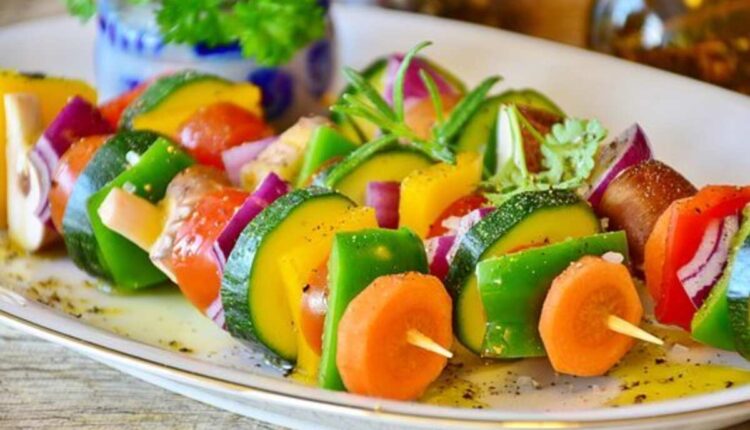A kitchen garden is a traditional type of garden. It is typically separated from the rest of the residential garden and is designed for edible plants. However, many people also choose to grow medicinal plants in the kitchen garden. This article will look at the different types of plants that can thrive in this environment and what pests can be a problem.
Plants that grow in a kitchen garden
Kitchen gardens can include many different types of plants. Those that grow well in a smaller container are mint, nasturtiums, oregano, parsley, calendula, and chives. Onions are also an excellent choice. These plants are easy to grow and can be harvested in mid-summer. They can also be stored until early winter.
A kitchen garden is best designed with healthy soil rich in nutrients and retaining moisture. For the maximum harvest, consider planting different types of crops in rows and blocks. Use the principles of symmetry and balance to create a visually pleasing layout. Avoid large areas that only grow one crop because this will attract pests and weeds.
Some of the most common plants for kitchen gardens are garlic and tomatoes. Garlic grows best in full sun and soil that drains well. It is best to plant the bulbs in autumn and harvest them in early summer. Garlic plants need regular watering and fertilization to grow well. You can also grow zucchini and squash in a kitchen garden. These vegetables are widely used in cooking and can be used in various dishes. They are also easy to grow and can be grown in containers.
Plants that grow in a low tunnel
Low tunnels are a great way to grow cool-season vegetables all winter. Because the soil inside is warmer than the ground outside, cool-season vegetables such as spinach and kale can be harvested well into the winter. Many other excellent season vegetables must be harvested before the first frost, but low tunnels can help these plants overwinter. This means you can get a jump start on your spring planting and harvest.
When planning to grow vegetables, remember that the soil needs to be 40 degrees or warmer for germination. To determine this temperature, you can use a soil thermometer. Stick it in the soil about two inches deep. You can also estimate soil temperature by eye. The soil must not be frozen or overly wet to make it impossible for the plants to germinate.
Plants that grow in a shady area
Many vegetable plants grow well in shady areas. Vegetables that grow well in a shady area include kale, lettuce, and swiss chard. These greens are known for their mellow flavor and can grow in even the shadiest areas.
Another vegetable that grows well in partial shade is Pak Choy, also called bok choy. This versatile vegetable is great for stir-fries. It can tolerate a range of temperatures and can be planted in spring or fall. The shady environment will help prevent it from going to seed. Plant bok choy in early spring or fall so it can benefit from cooler temperatures.
Another herb that grows well in a shady area is lemon balm. The plant can take over a shaded garden unless it’s regularly deadheaded. Both the leaves and flowers are used to make tea. The leaves are more flavorful, but if you’d like a stronger tea, you’ll have to dry the leaves.
Pests that can be a problem in a low tunnel
Creating a low tunnel is an excellent way to protect tender crops in early spring or late summer. Depending on the tunnel’s size, it may help trap sunlight and protect tender plants from frost. It is also helpful for hardening off seedlings and young plants after transplantation.
Many different pests can cause damage to your crops. Some can be seen on the leaves and stems of your plants, while others can be buried in the soil and cause severe damage. A typical example of a plant pest is the carrot rust fly, a tiny black fly with an orange head that lays eggs in the soil near several vegetables. The larvae feed on the roots of your vegetables and can cause them to wilt.
Cost of maintaining a low tunnel
One of the advantages of low tunnels is that you can use them to grow cool-season vegetables even during the cold winter months. This is because the soil in a tunnel is warmer than the ground outside, making it possible for cold-season vegetables like spinach or kale to grow all winter. Of course, these crops need to be harvested before the winter’s coldest temperatures, but they can be left to overwinter in a low tunnel. This gives them an early start to spring production.
One disadvantage of high tunnels is that they require a lot of labor and management. Keeping your crops in the tunnel requires a lot of proactive pest management, which can be costly. In addition, maintaining the tunnel requires an additional layer of protection against the elements.

